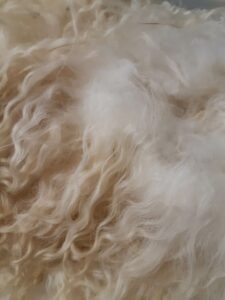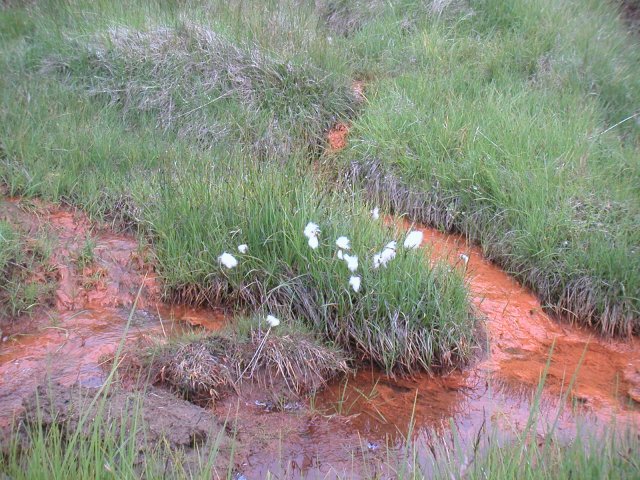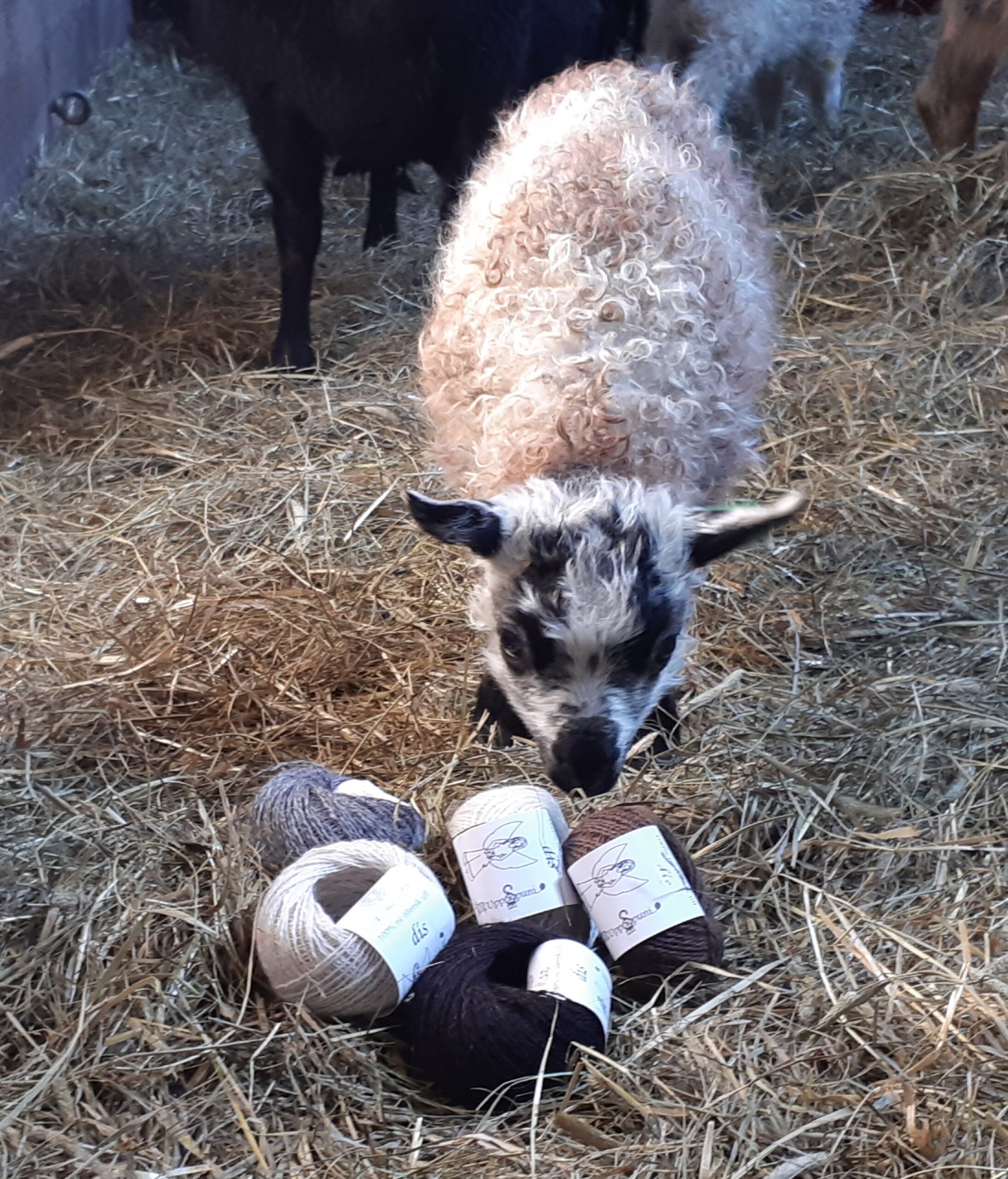- 01.02.23

Icelandic farmers have been asked, for very many years, to breed white sheep. Why is that? Because the big industry wants to make the same colour every year for it’s customers. The customer wants to be able to buy more brown next year to finish the sweater he started last year. The best way to get the same colour is to dye white wool. So that is why the white wool is worth more and farmers have gotten more money for the white wool.
The Icelandic sheep has very many colours, and we still have, I want to say; All the colours that the Icelandic sheep can offer us” and “All the colours that the Icelandic sheep had, when it first came to our country with the settlers in the year of 874 and there about.

We at Uppspuni are very proud to be working with the natural colour of the sheep, getting a new shade from each sheep or trying to make bigger batches by mixing 3 or 5 fleeces together in one. And we do the same with white. Because white is not always the same white. It can be almost snowy white, creamy and almost beige. So there is white and there is white. 🙂
I actually start to plan the colours of the wool at my kitchen table, when I decide which ewe to breed with which ram and that way determining what colour or what kind of wool I hope to get from the offspring, hopefully to breed on with next winter. I am lucky enough to have most of the colours in my flock, so I can surely play with the genetics there. I sometimes get laughed at by my family because I have so many special decisions in my planning. But I find this job so rewarding.

In the white part of my flock are different kind of whites. I try to have it in different categories, pure white to get the whitest we can get, but usually the white colour of my yarn is more creamy than it is white.
I also have few that are a bit “yellow” in the face and that way I get a creamier colour, almost caramel sometimes.
And then it is the “spotty-ones” . They have small spots of black on their body, not so visible when they have not been shorn, but it is visible on their bodies a couple of days after shearing and it is also visible in the fleeces – making the yarn a tiny tone greyer than white.

It is funny how the pure white is often softer than the normal white, and sometimes the yellow-faced sheep can have very nicely white wool with good crimp in it, but I always have to be careful not to get the hard yellow hair that we call “illhærur” which are hard and stand out in the yarn not being soft and doesn’t want to spin properly with the rest of the wool.
The lambs wool is often very soft and the tog is a bit tucked into the thel so it doesn’t separate a lot. I use the lambs wool for the dís yarn, which is the finest yarn we spin. Sometimes I blend it with adult wool, because the truth is, that pilling is more obvious on garments that are made with better quality wool (soft one). So if I mix adult wool with the lambs wool I sometimes get less of the pilling problem. It is also nice to know the age of your sheep when working with wool, because the lambs wool being so soft is not always the best to use for sock yarn. Then I want wool from the middle aged sheep – or little older than “teenagers” because there I get the long and strong and curly tog that is so durable in socks. And when the sheep turns old, the tog gets very loose and just blows off in the working process. Then I can make the thelyarn from that one.
It is also nice to know the age of your sheep when working with wool, because the lambs wool being so soft is not always the best to use for sock yarn. Then I want wool from the middle aged sheep – or little older than “teenagers” because there I get the long and strong and curly tog that is so durable in socks. And when the sheep turns old, the tog gets very loose and just blows off in the working process. Then I can make the thelyarn from that one.
The wool on the thighs are more coarse than on the belly and on the back, but sometimes my sheep find it nice to scratch their back on a sandy stone and get sand in their fleeces, making it harder to work into yarn. Some of the sand can be shaken off the fleeces, but when it is just impossible to get it all out, I take the fleece out to the fields and put it around trees or in my vegetable garden to give the plants shelter from weeds and keep them warm and moist.
I just can’t say it often enough. THE WOOL IS AMAZING!




